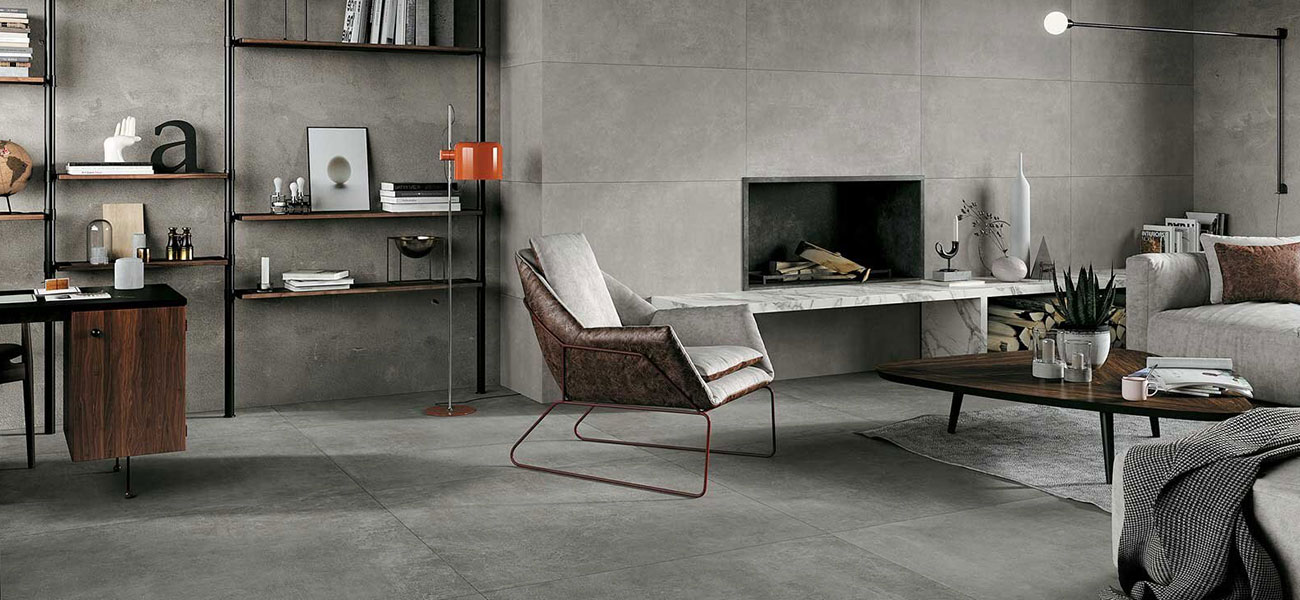
Tiles have long been a go-to choice for homeowners and business owners alike due to their versatility, durability, and aesthetic appeal. From kitchens and bathrooms to living rooms and outdoor spaces, the right tile can transform any area.
But with such a wide variety of tile types available, how do you choose the perfect one for each space in your home or business? The key is understanding the different factors that influence tile selection—functionality, aesthetics, and durability.
The first step in choosing the right tiles is understanding the purpose of the space. Every room or area of your home or business has specific functional needs, and tiles must be selected based on how they will be used. For example, the tiles you choose for a bathroom will differ from those you use in the living room or hallway.
When choosing tiles, functionality is paramount. The right tile should serve the space’s functional needs while also standing the test of time.
Tiles play a significant role in the aesthetic appeal of a room. Whether you’re aiming for a sleek modern look, a rustic charm, or a traditional feel, there’s a tile style to match every design vision. Aesthetics will often depend on your personal style and the overall theme of the space.
Durability is a key factor to consider, especially in areas with heavy foot traffic or exposure to moisture. Investing in high-quality, durable tiles ensures that your floors, walls, and surfaces remain pristine for years to come.
When selecting tiles for different spaces in your home or business, it’s important to balance functionality, aesthetics, and durability. For example, in a kitchen, you may want a tile that’s both water-resistant and visually appealing, while in a living room, durability and aesthetic appeal may be more important. When these factors are carefully balanced, you can create a harmonious space that’s both beautiful and functional.
Choosing the right tiles for each space is essential for creating a functional, aesthetically pleasing, and durable environment. Whether you’re outfitting a bathroom, kitchen, or outdoor area, understanding the needs of the space and selecting the right materials will ensure that your tiles last for years while enhancing the overall look and feel of your home or business.
With countless options available, take the time to research and select tiles that will make each space shine.